Helpful Information
There's lots of misinformation and old wives' tales about machine milking. _x000D_
_x000D_
If you've got just a few goats, you probably won't save much time, but milking by machine, even a few goats,
Read more »
A contagious eye infection, can be caused by bacteria, viruses, or chlamydia among other things. May spread through the whole herd. Severe cases may cause temporary blindness, so be sure affected animals
Read more »
At Caprine Supply we get lots of phone calls about raising kids. To answer some of these questions, we've written the following guide on how we raise kids. What follows isn't the only way to do it. However,
Read more »
There are a number of diseases that can be passed on to kids when they drink raw goat milk. A common one is Caprine Arthritis Encephalitis (CAE), which was identified by research workers at Washington
Read more »
A "good dairy goat" is not just a doe with a pretty udder or one that milks 4,000 pounds a year. A "good dairy goat" must have a combination of positive qualities, all of which allow her to produce lots
Read more »
Resources
Read more »
Kids from unvaccinated dams: Vaccinate the day they're born and then at 4, 8, and 12 weeks. Give annual booster shots. Kids from vaccinated dams: Colostrum should provide early protection. Vaccinate kids
Read more »
Worm each doe the day she freshens. Birth hormones stir dormant worms into new activity. This is the best time to kill those worms. Then worm the does again in two weeks. _x000D_
_x000D_
Worm all the
Read more »
We have tried many tattoo outfits. The three we sell are our pick as the best to use with dairy goats. Here's why:_x000D_
They're made by Stone. Stone equipment is top quality and lasts a long time. _x000D_
Read more »
Trim hooves several times a year. To do it, use a sharp knife (pocket knife, utility knife, etc.) or shears. Tie the goat firmly to a post or secure in a milking stand; pick up the foot. Clean dirt out
Read more »


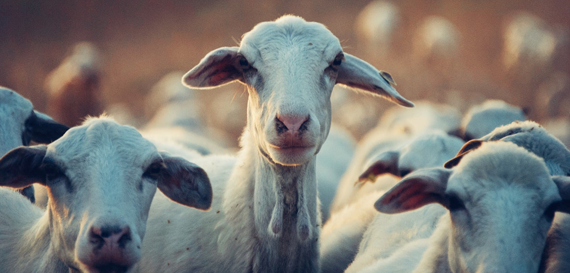
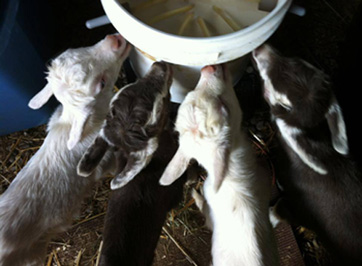
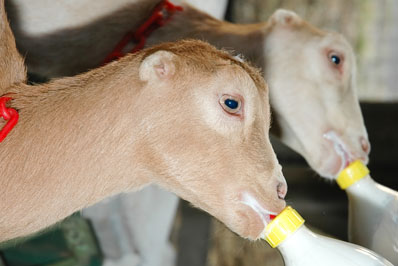
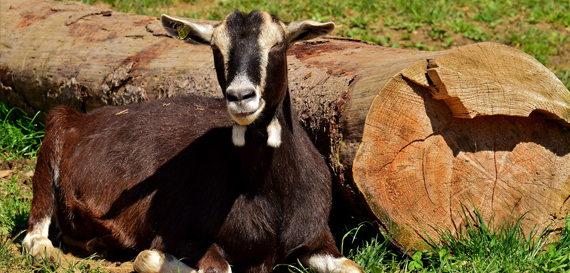

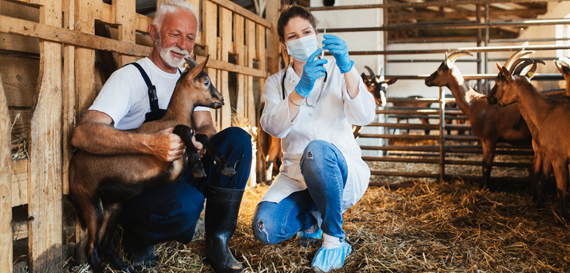
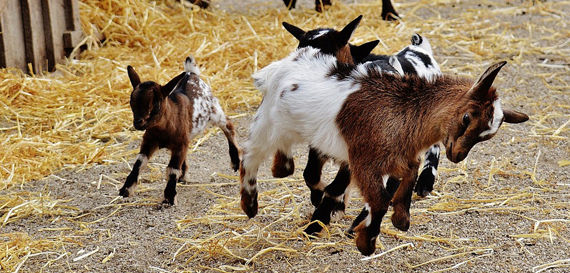
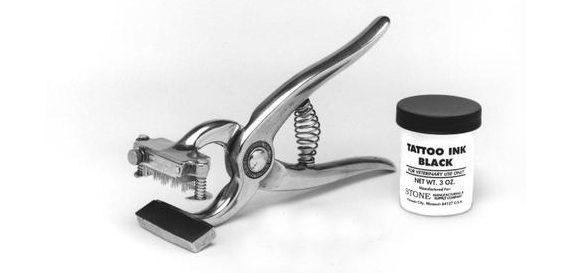






Log In